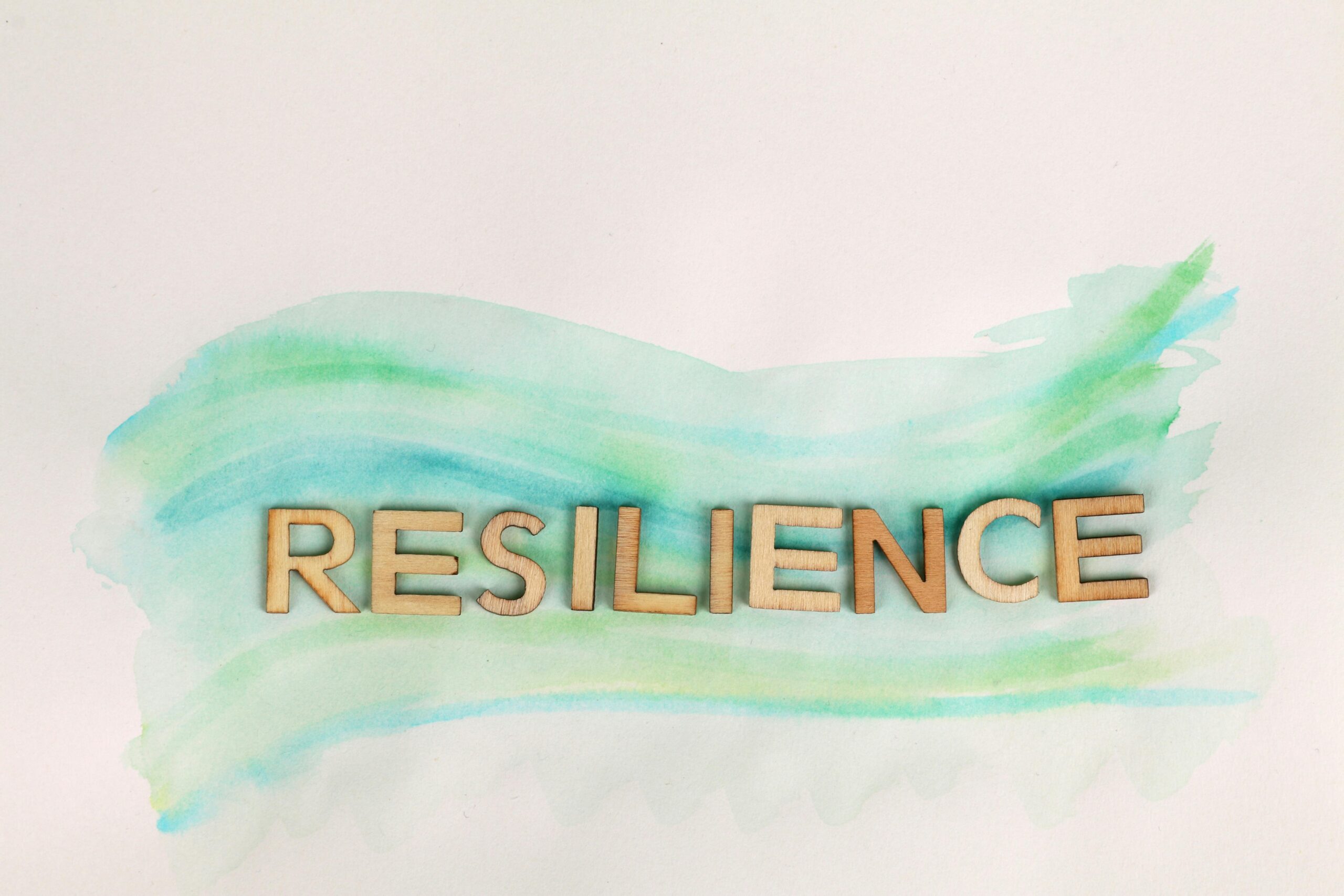Resilience is a word we often hear, but its true meaning unfolds in the quiet, profound moments of life. It is more than just enduring challenges; it is about finding the strength to embrace our emotions, to process our experiences with courage, and to move forward with grace.
Recently, I experienced a revelation about resilience from an unexpected place. When my beloved aunt visited, we continued in her tradition of gathering the children for an afternoon at the movies. This time, we chose Disney Pixar’s Inside Out 2, drawn in by the buzz and the promise that it would help children understand and cope with their emotions, especially anxiety. Animated films have always been our favorite, not just for the kids, but because they often speak to the heart of what we, as adults, are also going through. But none struck a chord quite like Inside Out 2, which took us on an extraordinary journey into the mind, showing how it protects and processes our experiences and emotions. The clash between Joy and Anxiety was nothing short of eye-opening.
In Inside Out 2, each character within the mind symbolizes a different emotion—Joy, Anger, Fear, Disgust, Sadness, Anxiety, Envy, Embarrassment, Nostalgia, and Ennui (pronounced “ann-wee,” relating to a deep sense of boredom). These characters bring to life the complex and often overwhelming world of our emotions. By isolating each emotion to a specific character and naming it, the film gives us a powerful tool to see how each emotion influences our thoughts, actions, and well-being. We witness this through Riley, the main character, as her emotional responses shape her behaviors, her confidence, her relationships, and even her mental health.
As we shared our favorite scenes, something beautiful happened. The children, inspired by the movie, began to open up about their own moments of embarrassment, anxiety, and other uncomfortable feelings. It was a moment of vulnerability, a chance to take control of the narrative and guide them with love and wisdom. These are vital, not just for supporting them through their challenges, but for connecting with their gifts, talents, and dreams for the future. By regularly checking in with our children, we can help them develop emotional intelligence, entrepreneurial skills, and career readiness early in life.
But what touched me even more was discussing the movie with other adults. We all found ourselves applying the lessons from Inside Out 2 to our own lives, realizing that understanding and managing our emotions is the foundation of resilience. It is a powerful reminder that resilience is not just something we need to teach our children—it is a journey we all must continue on, together.
Here are three steps to help process high emotions, along with affirmations to build a resilient mindset:
Identify Your Emotions
Life is filled with experiences that can cause our emotions to surge, sometimes overtaking our hearts and minds with a fierce intensity. It could be the pain of a loved one’s disappointment, the sting of disrespect from a coworker, the frustration of unmet goals, financial strain, health issues, and so much more. Each of these moments calls on us to summon resilience—physically, mentally, socially, and financially. But to develop this resilience, we must first understand that our emotions, like physical pain, are signals. Just as pain alerts us that something in our body needs attention, flared emotions are our mind’s way of telling us that something within needs to be processed.
When life feels overwhelming, taking a moment to pause and identify your emotions can be transformative. Ask yourself, “What am I feeling right now?” Then, name the emotion—whether it’s anger, fear, sadness, or something else entirely. By doing this, you anchor yourself in the present moment, giving yourself the space to breathe, reflect, and understand. This simple act of naming your emotion can provide clarity and open the door to healing.
As you journey through your emotions, remember this scripture: “Examine yourselves to see whether you are in the faith; test yourselves. Do you not realize that Christ Jesus is in you—unless, of course, you fail the test?” (2 Corinthians 13:5, NIV). This is a call to look within, to ensure your faith remains strong, and to recognize that you are never alone in your struggles.
AFFIRMATIONS:
- I embrace God’s tests as opportunities for spiritual growth and renewal.
- I examine myself regularly to ensure my faith is strong and steadfast.
- I release my anxious thoughts and find peace in God’s presence.
Define Your Triggers
When emotions rise to the surface, demanding attention, the next step is to uncover the experience that stirred them. The struggle isn’t in feeling these challenging emotions; it’s in ensuring they don’t overwhelm you, taking you down a path of chaos. To do this, you must take a deep, honest look at what you’re feeling in that moment and ask yourself, “Why am I feeling this way?” This is where you can reclaim your power, no longer settling for the belief that “this is just how I am.” It’s vital to take the time to identify the situations that provoke negative emotions. By defining your triggers, you give yourself the gift of designing a life where you can either avoid these situations or, when avoidance isn’t possible, learn to control your inner emotions, thereby shaping your outward responses.
Scripture reminds us, “Give careful thought to the paths for your feet and be steadfast in all your ways” (Proverbs 4:26, NIV). This verse calls us to be intentional in our steps, to think deeply about where we are going and how we will get there, particularly when emotions threaten to lead us astray.
AFFIRMATIONS:
- I am grounded and steadfast in my decisions, trusting God to guide my path.
- I take my time to think through my choices and make decisions that feel right for me.
- I stay true to my values and let them guide me in everything I do.
Control Your Response
Controlling your emotions is the heart of resilience. We see the consequences of unchecked emotions everywhere—on our TVs, social media, in the chaos of traffic, and even within our families and relationships. The impact can be devastating: anxiety that gnaws at your peace, suppressed emotions that eat away at your joy, angry outbursts that fracture relationships, and a negative outlook that dims your hope. But true resilience isn’t about suppressing or ignoring these emotions; it’s about acknowledging them, embracing them, and then choosing your response with intention and grace.
You might say to yourself: I acknowledge my anger, but I won’t yell. I recognize my sadness, but I won’t retreat into isolation. I feel my anxiety, but I will not let it consume me. This is what resilience looks like—having the experience but not allowing the experience to have you.
As Proverbs 25:28 (NIV) warns us, “Like a city whose walls are broken through is a person who lacks self-control.” Without control, we become vulnerable, our defenses shattered. But with control, we build walls of strength, fortifying ourselves against the storms of life.
AFFIRMATIONS:
- My emotions are balanced, and I choose to respond with grace and wisdom.
- I choose to respond calmly instead of reacting out of anger or frustration.
- I practice self-control, knowing it helps me make better choices.
Inside Out 2 beautifully illustrates the power of finding emotional balance and the resilience that comes from it. Society often frowns upon being “emotional,” seeing it as a sign of weakness. But in truth, emotions are at the heart of everything we do. They are not something to be feared or suppressed, but to be understood and embraced. Life is a mix of highs and lows, and true resilience comes from integrating the negatives with the positives in a healthy way. By processing and embracing all of our experiences and emotions, we create a more authentic sense of self, where Joy can shine while Anxiety is kept in check.
To build this kind of resilience, consider engaging in activities that nourish your emotional well-being. Try journaling your gratitude, thoughts, and experiences, practicing mindfulness and controlled breathing, and reciting affirmations out loud each morning and before bed. If you find yourself struggling with unresolved issues and don’t feel comfortable talking to someone close to you, consider reaching out for a few therapy sessions. Sometimes, just talking about your experiences can ease anxiety and open the door to healing and solutions.
I would love to hear about the activities that help you find emotional balance and resilience. What do you turn to when you need to reconnect with yourself? Feel free to share in the comments below!




